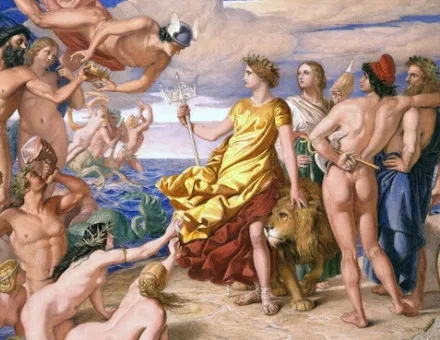British Views of India
The British had been trading in India since 1600. As R.W. Lightbown, it was not, however, until the late eighteenth century that British interest in Indian culture burgeoned and was carried home by the traveller.
The East Indies hung before the eyes of sixteenth-century merchants, soldiers and adventurers as lands of riches and rarities, the home of pearls and spices, porcelain and silks, of powerful Oriental princes, of strange idolatrous religions and rites, of elephants and monkeys, of palms and banyan-trees. The first Renaissance descriptions of India proper, written by Italians, Portuguese, Dutchmen and Englishmen who found their way there in quest of fortune are concerned with the coasts and the busy ports into which the trade of China, Japan and South-East Asia flowed to mingle with the trade of India itself. As the Mughals rose under the great Emperor Akbar in the later sixteenth century to be the dominant power in India, embassies were despatched seeking privileges for trade from the court. At the same time the Jesuits made their way to Delhi and Agra, pursuing their steady missionary policy of seeking to convert the rulers of the non-Christian empires and kingdoms of the East in the hope that their subjects would follow their example.





